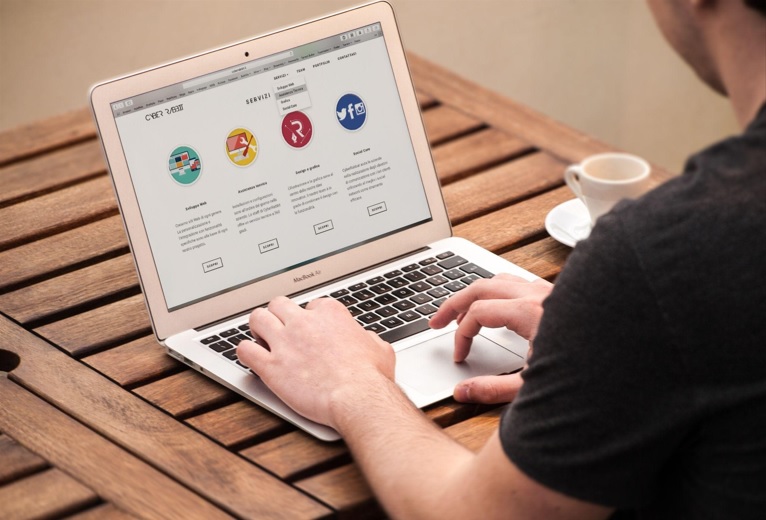Link manipulation on the website aids in distributing weight and coordinating indexing properly. Sometimes it becomes essential to stop certain external links from being accessed by the search engine’s bot during the optimization process. It also helps for ad optimization on your website. Here, you can also buy proxies for ad verification to make it even more effective.
This would direct the search engine’s focus to more important connections, while removing irrelevant or secondary links from the index. Similar circumstances arise when you need to remove certain text passages or whole pages from the system while dealing with the material.

The Noindex tag and the Nofollow attribute are used to accomplish such operations. This page provides step-by-step instructions for dealing with them.
Noindex and Nofollow are mostly used to conceal material or links we cannot vouch for. And here’s how to accomplish it; keep reading.
What is the Difference Between the Noindex Tag and the Nofollow Attribute?
Initially, the tag was used to “screen out” information that does not carry a meaningful load – for example, service files.
But soon, webmasters found other purposes for it, namely, hiding from indexing:
- codes of various counters (live internet, ICS and PR counters, others);
- often changing text;
- “end-to-end” blocks, in which information is duplicated on pages;
- copy and paste, i.e., stolen content;
- newsletter and subscription forms;
- reviews, and comments, especially if they contain obscene or incorrect vocabulary.
Noindex is not appropriate for concealing links (internal, external, including links in blog comments) or images. Use the Nofollow property in this scenario. Its primary function is not to convey the weight of the connected site’s link. But the nuance is that the tag will still not save this weight, it will simply burn it.
The attribute should be used in 3 cases:
- Content of dubious quality. If you cannot guarantee the substance of the links from your site, you should immediately unfollow them. This will assist you in avoiding associating with unethical Internet users and protect you from spam. Spammers will lose interest in “attacking” your site if you block all unusual connections.
- These are promotional links. To prevent impacting search results, Google recommends closing such connections with the Nofollow tag. Its search bots, in particular, require automatic access to sponsored links to differentiate between traditional and paid material.
- Correction to the index. You may adjust the priority of bot crawling of site pages using Nofollow. For example, robots do not register and do not enter accounts, which means that the attribute can be easily set on the “Registration,” “Contacts,” and “Login” links. At the same time, leave the links you want to view in the index open.
When referring internally, the attribute is not used.
You can help analyze the presence of a prohibited Noindex and Nofollow tag in the website page code using the RDS bar browser extension. Download it for free through the virtual store. For the software to correctly display links hidden by tags, it must be properly configured.